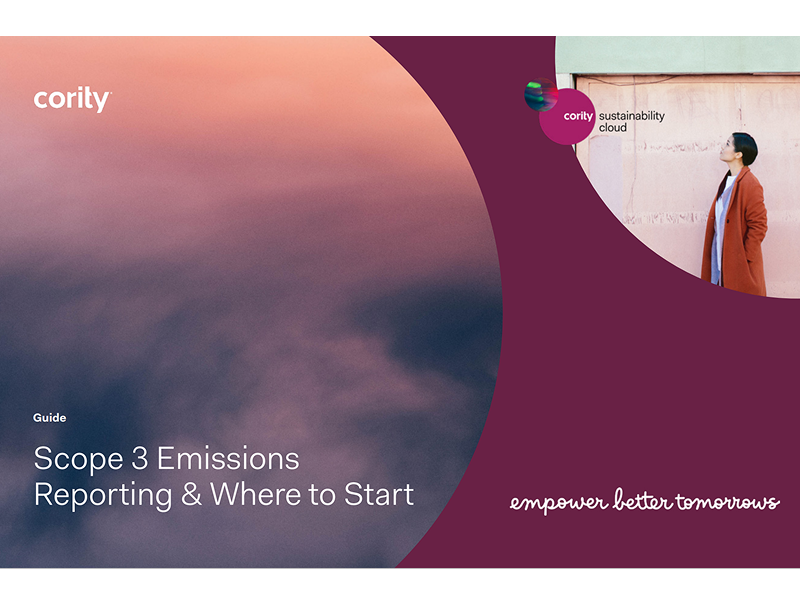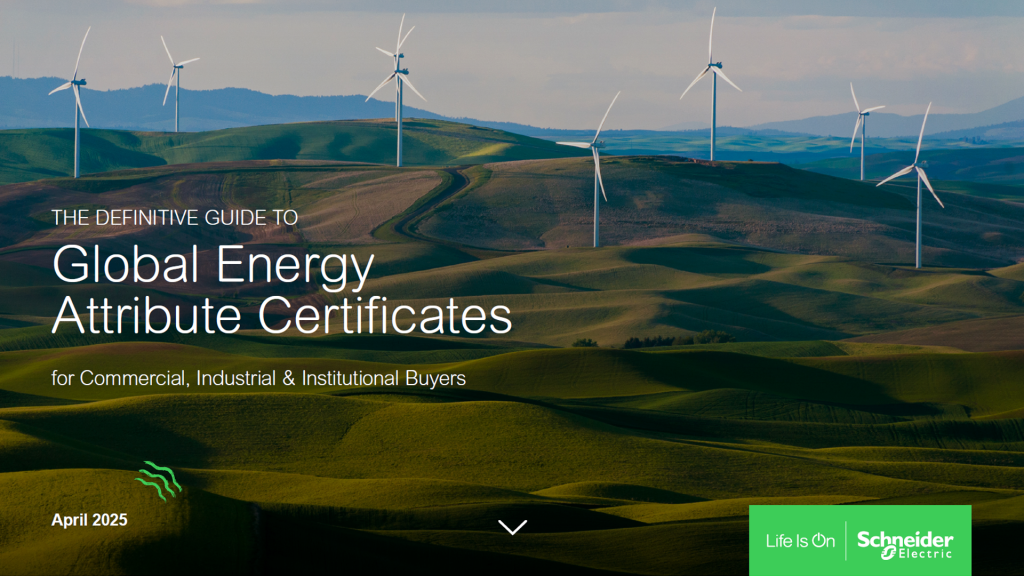Emissions Trading
The Big Picture
A growing number of companies are looking to emissions trading as a key part of their climate strategies. A trade typically occurs when a company seeking to reduce its emissions purchases emissions credits from a company that has reduced its emissions beyond its requirements to do so. This transaction can benefit both participants. Purchasers are able to reach goals that require more emissions reductions than they can cost-effectively achieve through their own operational changes. And sellers are rewarded financially for their investments in emission reductions. In addition, a few large companies have developed internal trading mechanisms in order to reach company-wide goals cost-effectively.
An emissions trade may be made as an individual company, by joining a group established to develop trading expertise cooperatively, or through the auspices of an official trading program. To date, most companies have arranged exchanges through independent agreements — though often the reductions are verified by an independent consultant. However, since market-based mechanisms for emissions trading are commonly viewed as the most cost-effective response to climate change, a number of mandatory and voluntary emissions trading programs are under development. For instance, the European Union is developing a Europe-wide trading program to meet its obligations under the Kyoto Protocol. As such programs take shape, interest is shifting to the emissions credits and allowances generated under their auspices.
Key Players
The pioneers in emissions trading have primarily been members of energy intensive industries, since they have the greatest incentive to demonstrate leadership and help shape efficient trading programs. Other key players include the organizations and governments that are developing trading schemes. Finally, some businesses and NGOs are developing methods for measuring and verifying the quality of emissions reductions.
Company efforts. To date, utilities have been active traders, brokering international deals both to purchase and sell emissions credits. For example, in 2000, TransAlta, which accounts for 1% of Canada’s total emissions, launched a plan to eliminate its net greenhouse gas emissions by 2024 through emissions trading, among other activities. The company’s first trade was equivalent to one year’s emissions from 27,800 cars.
BP is among the most well-known companies to implement an internal cap-and-trade system. BP’s system spans 150 business units in more than 100 countries. Each unit has been assigned a quota of emissions permits and given the option of achieving compliance through independent reductions or purchasing reduction credits from other BP units. When units achieve their goals efficiently, their bottom lines improve, which in turn improves pay scales and year-end bonuses. Thanks in part to this program, BP met its reduction goal — to reduce its emissions of greenhouse gases by 10% below 1990 levels — eight years ahead of schedule and with no net economic cost.
Carbon-trading programs. The field of emissions trading is taking shape against the backdrop of legislative activity — much of it intended to help nations meet their commitments under the Kyoto Protocol. In addition to the work that has begun on an EU-wide emissions trading initiative, both Denmark and the UK have developed national carbon trading programs. Within the United States, 9 states have enacted legislation to regulate carbon emissions, mainly from utilities, and several more have voiced their intention to follow suit. Several organizations also have launched voluntary emissions trading programs. The Chicago Climate Exchange, launched in 2002, is one such initiative based in the United States. The International Emissions Trading Association maintains a database of emissions trading schemes worldwide.
Organizations providing trading information or opportunities. Because emissions trading is such a young field, numerous organizations have stepped forth to educate businesses and others on its growth and potential. The Pew Center on Climate Change, for instance, has produced a steady stream of reports chronicling the evolution of emissions trading programs as well as current activities by leadership companies. The Partnership for Climate Action, a project of Environmental Defense, is an example of a collaborative group with an explicit focus on emissions trading. Several members have brokered trades with each other in order to begin working out the finer points of GHG trading.
The Upside
There are several motivations for companies to take part in emissions trading:
- Demonstrating leadership. Companies that participate in emissions trading play a visible role on an issue of public concern.
- Achieving commitments economically. Emissions trading is a common complement to efficiency improvements for companies striving to meet voluntary reduction goals at the lowest possible cost.
- Hedging risk. Some companies are purchasing reductions now, with the expectation that their price will rise as GHG restrictions are enacted.
- Learning by doing. Some companies have begun trading principally to learn the skills necessary to compete successfully in what may be one of the coming century’s most important financial markets.
- Informing public policy. By participating in the birth of trading schemes, companies earn experience and credibility, which, in turn, can help them influence regulations.
- Generating revenue. Selling emissions reductions helps companies receive value for achievements that previously had no economic value.
Reality Check
- Regulatory uncertainty. Thus far, most emissions trades have been of so-called Verified Emissions Reductions, meaning that they have been verified by a third party but not registered with a formal registry. These may be recognized under future regulatory schemes, but such recognition is not guaranteed.
- Extensive research.To trade emissions strategically, companies must assess abatement options in order to evaluate what price to pay, gain in-house approval and reflect the value of GHG assets on company balance sheets. This can require additional time and effort.
- Patchwork trading schemes. In the absence of a global GHG trading scheme, today’s emissions trading markets each cover different sectors and somewhat different GHG gases. Shaping a company program to fit any one of these schemes now may mean playing catch-up later on to meet the requirements of future trading schemes.
- Controversy. Some environmentalists frown on emissions trading, considering it to be a way for companies to buy their way out of their reduction obligations.
Action Plan
- Research regulatory trends. Most companies’ motives for trading emissions at this time are a blend of their desire to reach voluntary goals and to prepare for future emissions restrictions. Thus, the first step in preparing to trade emissions may be to research the regulatory trends likely to impact your industry or region. Comparing expected emissions with expected requirements — as well as any relevant voluntary commitments — will help your company quantify its overall need/desire to purchase emission reductions. Since prices for carbon have yet to stabilize, it is also important to quantify the cost of one’s own abatement options. This helps to clarify at what price it would be more advantageous to purchase reductions than continue pursuing them in-house.
- Consider outside help. Given the complexity of carbon trading, companies may require outside assistance as they enter this field. Many companies consult with specialized brokerage firms or nonprofits to identify an ideal trading partner, facilitate an exchange, or set up an internal cap-and-trade system. Some companies have joined voluntary exchange programs to increase their understanding of emissions trading schemes and, in turn, lend credibility to their recommendations regarding future regulated trading systems.
- Understand the regulatory complexities. A final important step is to determine what sort of reduction is most suitable for your needs. If a company anticipates that its emissions will be regulated, a number of factors about a reduction become important, such as the year of the reduction, its location, the types of emissions involved, and the degree to which the reduction has been verified. Since many trading schemes are still under development, it can be difficult to accurately predict what an ideal reduction would be. For this reason, many companies are developing a diverse portfolio of reductions to ensure that at least some will be recognized under future regulations.
Leads
- Chicago Climate Exchange is among the first U.S.-based voluntary pilot programs for trading greenhouse gases. The project’s goal is to include national and international sources.
- International Emissions Trading Association provides a number of useful resources, including an emissions trading scheme database, sample contracts for project based emission reductions, and an extensive Q&A section on emissions trading.
- Pew Center on Global Climate Change offers a wide array of reports to educate the public on the risks, challenges and solutions to climate change. Its March 2002 report “The Emerging International Greenhouse Gas Market” offers a clear yet detailed update on the state of emissions trading.
- Natsource is a for-profit energy commodity trading firm. Its Web site provides concise information on the types of emissions traded, the outlook for emissions trading in the United States and Europe, and an extensive glossary of terms related to emissions trading. Its staff frequently partners with NGOs to author lengthier reports.
- Partnership for Climate Action is a project of Environmental Defense. Member companies that believe market mechanisms, such as emissions trading schemes, may be the most cost-effective response to global warming and that publicly commit to utilizing these mechanisms now.
- BP and Shell each provide online descriptions of the scope, goals, and recent activities of their internal trading mechanisms.
Bottom Line
The odds are that GHG emissions trading is here to stay. Getting involved early not only can help companies meet current emissions goals, it may be the simplest way to familiarize oneself with a market of growing importance — and help to shape its growth.









